Genus Praestochrysis Linsenmaier, 1959
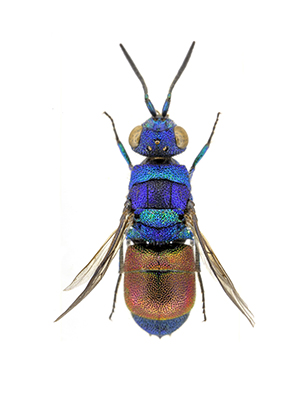 From: Kimsey L.S. & Bohart R.M., 1990 (1991) - The chrysidid wasps of the world. Oxford University Press, ix-652 pp.
From: Kimsey L.S. & Bohart R.M., 1990 (1991) - The chrysidid wasps of the world. Oxford University Press, ix-652 pp.
Synonymy
Praestochrysis Linsenmaier 1959a:164. Type: Chrysis shanghaiensis Smith 1874:460. Orig. desig.
Generic diagnosis
F-I length 1.0-3.5 times breadth; flagellar segments nearly always conspicuously broadened; subantennal space usually about l MOD but never longer than and usually much shorter than malar space; subgenal area differentiated but not defined by carinae; head broader than long, often markedly broad; TFC present (or rarely only indicated) across strongly developed brow, often double or partly so; scapal basin without microridging; pronotum medially shorter than scutellum, rarely with a complete sublateral carina, lateral depression well developed and ridged, or irregularly roughened at bottom; metanotum often with a stout prominence or projection; fore wing marginal cell slender with Rs reaching or nearly reaching costal margin; mesopleuron rough, subdentate, or rarely dentate, scrobal and episternal sulci well developed, former often much expanded medially; T-III apex with medial spine or well-marked denticle and four other teeth, rarely with an additional lateral tooth; S-II spots usually medial but never more than 1.3 MOD apart. Male terminalia: S-VIII usually subtriangular but occasionally lengthened or narrowed in apical half; gonocoxa stout, notched apically, or excavate, sometimes with gonostyle; cuspis moderately broad; aedeagus simple toward apex or expanded.
Hosts
Most of these wasps are parasitic on a variety of large moths on the family Limacodidae (Piel, 1933), Edney, 1954a, Parker, 1936, Iwata, 1963, Polaszek, 1987) Identified moth hosts include: Parafa, Monema, Thosea, Darna, Contheyla, and Coenobasis (Limacodidae). Praestochrysis lusca and megerlei are described from Italy but are very rare in this region, and lusca is actually common in the Oriental and Australian Regions. Exceptions in hosts are Pison sp. (Sphecidae) for inops, and eumenids for lusca (label data). The parasitic behavior of shanghaiemis has been discussed by Yamada (1987a, b).
Distribution
Of the 44 species now recognized, 27 occur in the Afrotropical Region, 13 in the Oriental Region, a single species in the Australasian Region (plus lusca), and in the Palearctic Region (plus lusca). It appears that lusca was originally an Oriental species but man has transported it to the Palearctic (Italy) and Pacific Basin (New Guinea, Australia, and Hawaii).
Discussion
The only other genus with five sharp teeth on the apex of T-III is Pentachrysis which has F-I quite long and slender, the subantennal distance more than l MOD, and the head not broader than long. A few Chrysis may have a tiny medial denticle on the T-III apex, but these differ in many ways including a longer subantennal distance. The species of Praestochrysis can be divided in many ways on the basis of various characters, but the resulting assemblages do not seem to be phylogenetically sound. Therefore, species groups are not proposed. There are considerable variations from several of the characters given in the generic diagnosis. The pronotum may have a complete sublateral carina (lusca, inevitabilis). The metanotum may have no projection or only a slight one (afghana, inops, libita, lusca, micromorpha, nidia, amoenula, furcifera, megerlei); or a small spine (spina, coutierei, ivoriana, townesorum, tropica), or a large pointed projection (bequaerti, bombycida, gambica, leechi, prorata, pretoriae). The malar space may be less than 1.5 MOD (bombycida, septidens). The flagellum may not be broadened (megerlei, inops, lusca). A lateral tooth may increase to seven the number of teeth on T-III (septidens, inevitabilis). F-I may be shorter than F-II and F-III together (guineae, inops, spina, amoenula, megerlei). The mesopleuron may have one strong tooth (dentipes, gambica), or two such teeth (crassiscuta). One quite unusual species has the pronotal dorsum mostly smooth with four low humps (luzonensis). Interestingly, the vertex of this species has red reflections as in so many other Philippine chrysidid endemics. Bohart (1986a) gave a key to the species of the Afrotropical Region, and described nine species as new. This was followed by descriptions of a new species from the Afrotropical Region, two new species from the Oriental Region, and notes on other Oriental species (Bohart 1987a).
European species
Copyright, Authorship, and Ownership statements
All text and images of this page are copyright ©️ Chrysis.net unless otherwise stated - please see individual cases for authorship and copyright details. The specimens pictured are from the authors' or other collaborators' personal collections and from the collections of various museums. Unless otherwise specified, the whole content of this web site is for personal, non-commercial, scientific, and educational purposes given proper accreditation to the page from which they were derived are provided, and under Chrysis.net Terms and Conditions.
For citation purposes
Agnoli G.L. & Rosa P. (2024) Search Results , in: Chrysis.net website. Interim version 02 May 2024, URL: https://www.chrysis.net/search/%252525E7%25252583%252525AD%252525E8%252525A1%25252580%252525E9%252525AB%25252598%252525E6%252525A0%252525A11~3%252525E7%25252599%252525BE%252525E5%252525BA%252525A6%252525E7%252525BD%25252591%252525E7%2525259B%25252598-%252525E3%25252580%25252590%252525E2%2525259C%25252594%252525EF%252525B8%2525258F%252525E6%2525258E%252525A8%252525E8%2525258D%25252590BB76%252525C2%252525B7CC%252525E2%2525259C%25252594%252525EF%252525B8%2525258F%252525E3%25252580%25252591-%252525E5%25252585%252525AB%252525E4%252525B8%252525AA%252525E8%2525259D%252525B4%252525E8%2525259D%252525B6%252525E5%25252585%252525AC%252525E4%252525B8%252525BB%252525E6%25252595%25252585%252525E4%252525BA%2525258B-%252525E7%25252583%252525AD%252525E8%252525A1%25252580%252525E9%252525AB%25252598%252525E6%252525A0%252525A11~3%252525E7%25252599%252525BE%252525E5%252525BA%252525A6%252525E7%252525BD%25252591%252525E7%2525259B%25252598nvq0t-%252525E3%25252580%25252590%252525E2%2525259C%25252594%252525EF%252525B8%2525258F%252525E6%2525258E%252525A8%252525E8%2525258D%25252590BB76%252525C2%252525B7CC%252525E2%2525259C%25252594%252525EF%252525B8%2525258F%252525E3%25252580%25252591-%252525E5%25252585%252525AB%252525E4%252525B8%252525AA%252525E8%2525259D%252525B4%252525E8%2525259D%252525B6%252525E5%25252585%252525AC%252525E4%252525B8%252525BB%252525E6%25252595%25252585%252525E4%252525BA%2525258Bw2t0-%252525E7%25252583%252525AD%252525E8%252525A1%25252580%252525E9%252525AB%25252598%252525E6%252525A0%252525A11~3%252525E7%25252599%252525BE%252525E5%252525BA%252525A6%252525E7%252525BD%25252591%252525E7%2525259B%25252598yut6s-%252525E5%25252585%252525AB%252525E4%252525B8%252525AA%252525E8%2525259D%252525B4%252525E8%2525259D%252525B6%252525E5%25252585%252525AC%252525E4%252525B8%252525BB%252525E6%25252595%25252585%252525E4%252525BA%2525258B3oas/page/9/.





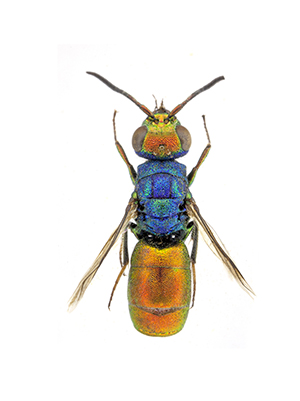 From: Kimsey L.S. & Bohart R.M., 1990 (1991) - The chrysidid wasps of the world. Oxford University Press, ix-652 pp.
From: Kimsey L.S. & Bohart R.M., 1990 (1991) - The chrysidid wasps of the world. Oxford University Press, ix-652 pp.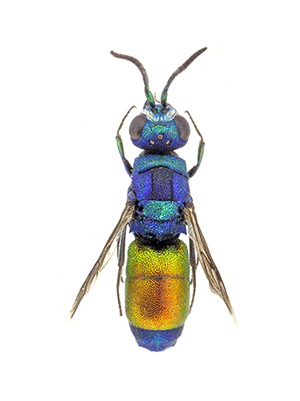 From: Kimsey L.S. & Bohart R.M., 1990 (1991) - The chrysidid wasps of the world. Oxford University Press, ix-652 pp.
From: Kimsey L.S. & Bohart R.M., 1990 (1991) - The chrysidid wasps of the world. Oxford University Press, ix-652 pp.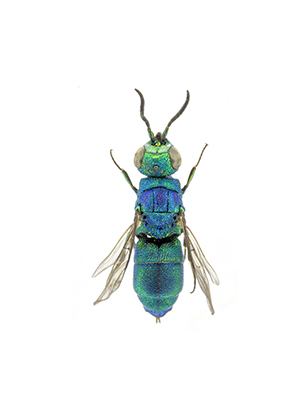 From: Kimsey L.S. & Bohart R.M., 1990 (1991) - The chrysidid wasps of the world. Oxford University Press, ix-652 pp.
From: Kimsey L.S. & Bohart R.M., 1990 (1991) - The chrysidid wasps of the world. Oxford University Press, ix-652 pp.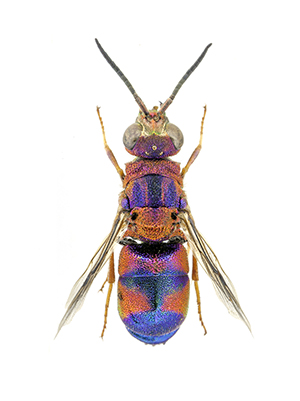 From: Kimsey L.S. & Bohart R.M., 1990 (1991) - The chrysidid wasps of the world. Oxford University Press, ix-652 pp.
From: Kimsey L.S. & Bohart R.M., 1990 (1991) - The chrysidid wasps of the world. Oxford University Press, ix-652 pp.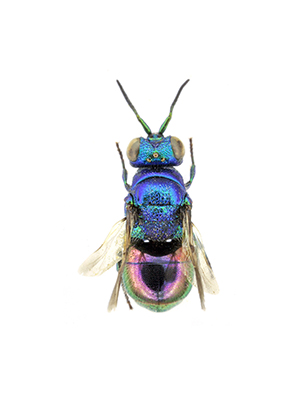 From: Kimsey L.S. & Bohart R.M., 1990 (1991) - The chrysidid wasps of the world. Oxford University Press, ix-652 pp.
From: Kimsey L.S. & Bohart R.M., 1990 (1991) - The chrysidid wasps of the world. Oxford University Press, ix-652 pp.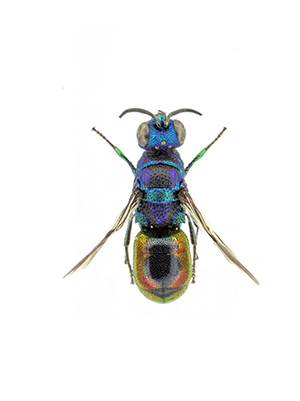 From: Kimsey L.S. & Bohart R.M., 1990 (1991) - The chrysidid wasps of the world. Oxford University Press, ix-652 pp.
From: Kimsey L.S. & Bohart R.M., 1990 (1991) - The chrysidid wasps of the world. Oxford University Press, ix-652 pp.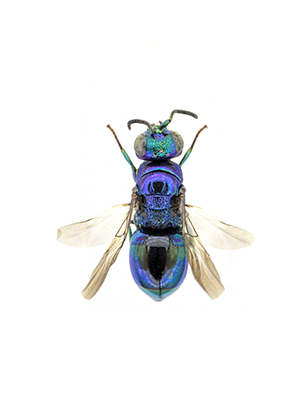 From: Kimsey L.S. & Bohart R.M., 1990 (1991) - The chrysidid wasps of the world. Oxford University Press, ix-652 pp.
From: Kimsey L.S. & Bohart R.M., 1990 (1991) - The chrysidid wasps of the world. Oxford University Press, ix-652 pp.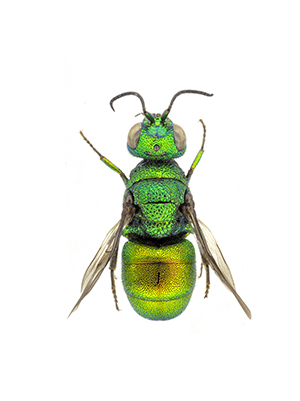 From: Kimsey L.S. & Bohart R.M., 1990 (1991) - The chrysidid wasps of the world. Oxford University Press, ix-652 pp.
From: Kimsey L.S. & Bohart R.M., 1990 (1991) - The chrysidid wasps of the world. Oxford University Press, ix-652 pp.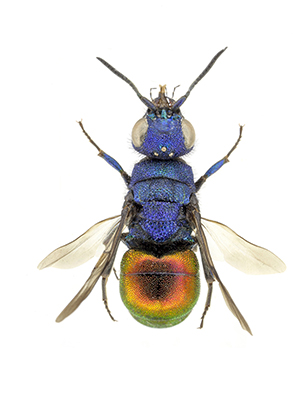 From: Kimsey L.S. & Bohart R.M., 1990 (1991) - The chrysidid wasps of the world. Oxford University Press, ix-652 pp.
From: Kimsey L.S. & Bohart R.M., 1990 (1991) - The chrysidid wasps of the world. Oxford University Press, ix-652 pp.